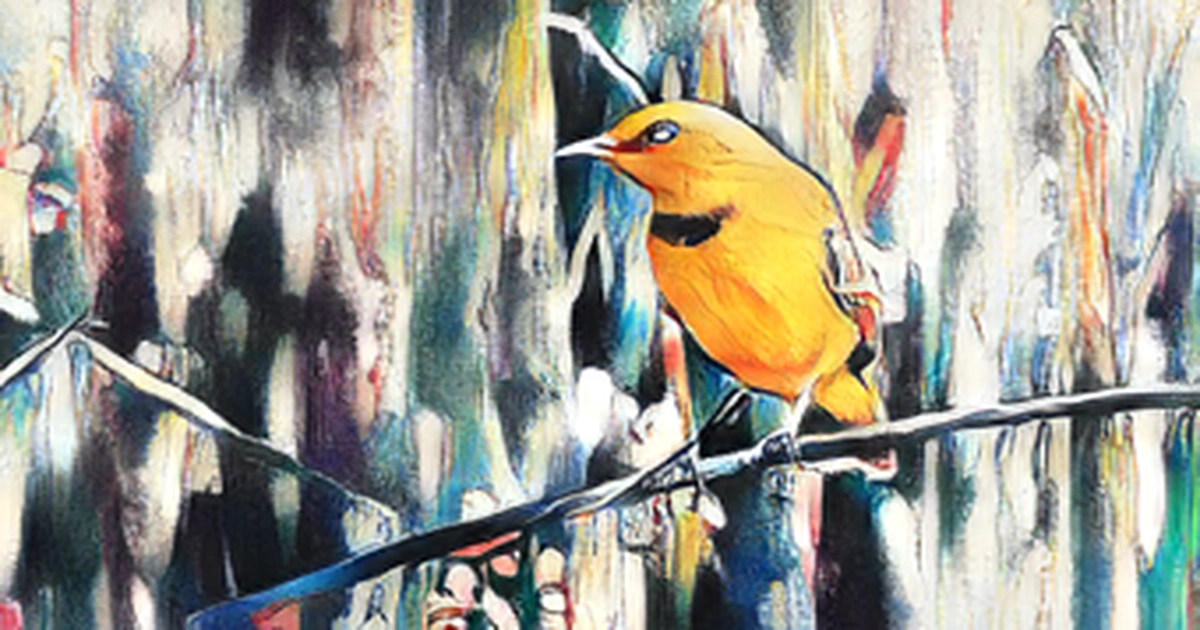
Central Queensland's Shoalwater Bay may be better known as a military training ground for human conflict, but nearby graziers and conservationists are fighting for the survival of a unique species.
The yellow chat of Capricorn is a critically endangered flycatcher unique to the region, known for military training and war games involving soldiers from across the world.
Birdlife Capricornia secretary Allan Briggs said the endangered species survives in a flat environment, which is attractive for cattle grazing.
Wherever we find them they are in what we call a marine plain environment, which is basically a treeless environment, that's right on the coastal edge and experiences some tidal inundation, he said.
Grazier Craig Mace lives in Toorilla Plains and has about 4,000 hectares of marine plains on his property.
Rather than seeing it as lost productivity, he said that preserving the yellow chat habitat as a healthy environment benefited his business.
If you look after the environment, it looks after you, and the birds, that's the environment they love, he said.
It's just an aviary for birds and waterbirds. He said that his cattle and the natural ecosystem worked side by side.
He said that the birds just fit in with the cattle.
Lawson Geddes also has marine plains on his Couti-Outi property.
He said it was a simple question of healthy environment, healthy cattle.
He said they're all animals.
The habitat has been working so well that Mr Geddes was surprised to find out that the bird was endangered at all.
He said that until a few years ago I didn't know they were endangered.
An environmentalist came back very excited one day because he found a bird that they thought was extinct elsewhere.
He showed us a picture and it was this yellow chat and we just said 'Oh, we see that all the time'. Briggs said the population of yellow chats is on a knife edge and any loss of population or habitat could have a negative impact on the population.
If a major environmental event like a cyclone or a huge fire went through, the bird is critically endangered, and you can imagine that we could reduce the population to a level that is not viable and it would end up going extinct. Mr Briggs said that the landowners' management of the marine plains was critical to the survival of the species.
The land managers they do a great job, he said.
There are invasive weed species and ferals that affect the yellow chat's habitat and the landowners, the graziers, who are keeping these problems under control.
The cattle graze the grass and weeds down to a manageable level so they are effectively controlling the fire risk.
Agriculture and the natural environment can co-exist, according to Mr Geddes, who said their work with the Capricorn yellow chat was an example of farmers working with the land.
He said that this bird has been here for as long as I can remember, the cattle don't worry about it at all.
You can see the cows lying down and the bird on its back just going around doing its thing. Mr Mace agreed that it was rewarding to challenge the negative perceptions of agriculture, but they needed to show more examples.
He said that the only thing you can do is to get people out and look at it.
That is why we have a lot of environmental groups that come out and survey the place and count the birds. Briggs said that without the cooperation and management of the graziers it would be a very different story for the Capricorn yellow chat.
He said that he wanted to congratulate the landowners that we've been working with.
